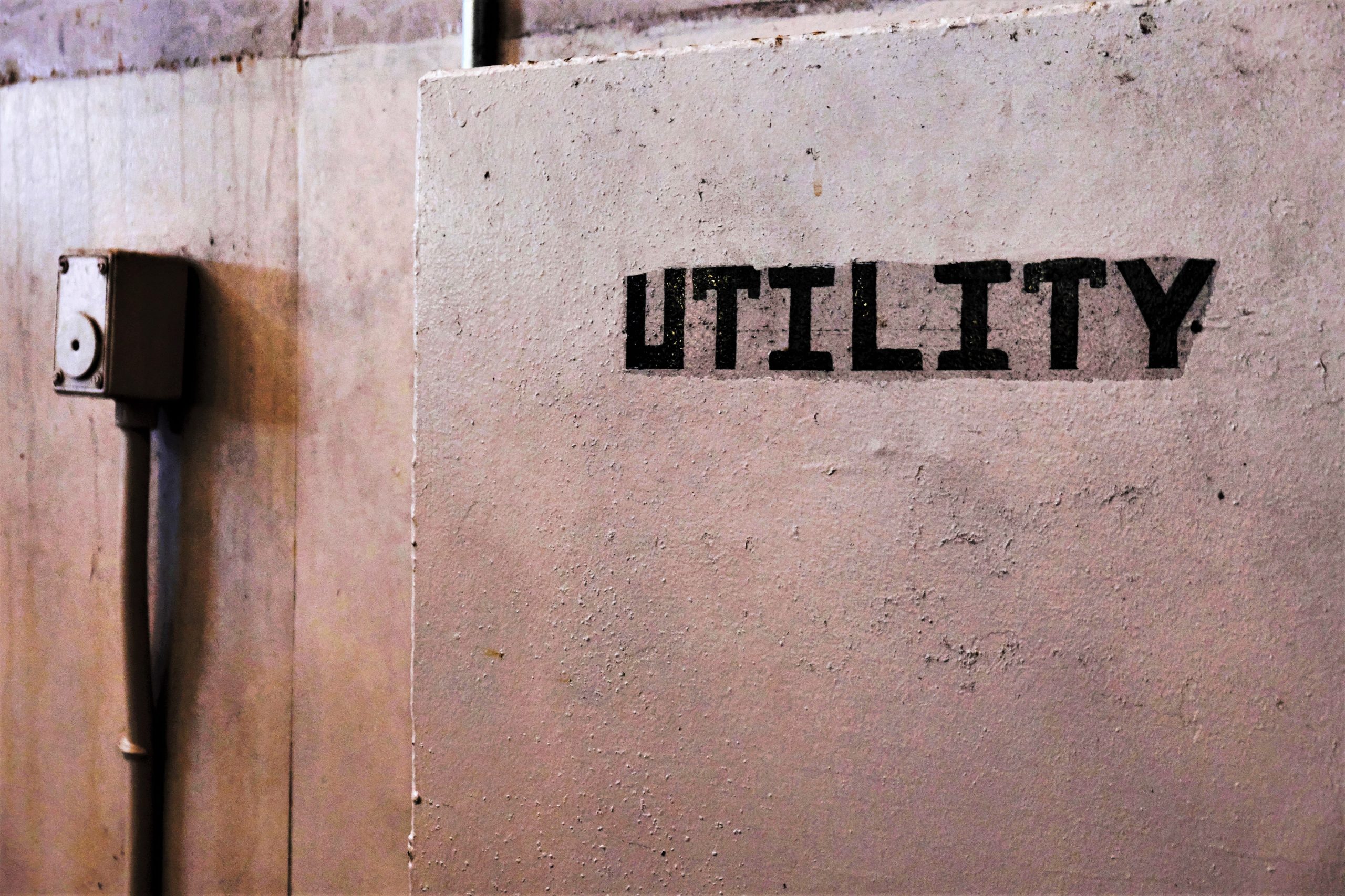Working and building solutions in the energy industry is complex – especially for new energy tech startups.
Be it new geothermal solutions or even natural cave/mine based energy storage solutions – every single energy tech startup faces the same navigation hurdles in selling to utilities.
Utilities think differently and operate highly dependent on their local geography, political preferences and ISO.
This energy market is at a point where if in the US the grid nationalized, 1000s of clean energy entrepreneurs would wake up in a utopia as it would become easier to estimate what the economics of their new energy technology would deliver in each state.
These days if a clean energy startup has a team member with previous experience in selling to utilities – they may even be able to land governments as their initial customer.
You Need To Demonstrate Significant Revenue Gains Or Significant Loss Reductions
Help utilities avoid or reduce the losses on their balance sheet even more than create new revenue streams. Given the regulations around being a utility or a retailer – many times utilities will end up going deep into the red with a full region of customers. This could be due to the standard O&M costs they have with servicing those customers or even caused by the location + energy usage profiles of their customers – in turn driving up transmission costs.
Startups that can effectively demonstrate that their technology can reduce losses at a tenth of the current alternative’s cost, increase their odds of landing a contract significantly.
Even still plan for a 6-month-to-pilot and 18-month-to-contract sales cycle. If it’s a big enough purchase you’ll have to deal with the ISO as well, but that’s for a later article.
Innovation Departments Are Your Way In, But Not Where You Close
Innovation departments are great, they are paid to look for startups and have specific types of companies they are actively seeking. The best part is that they tend to know the right stakeholders within the utility you’re attempting to sell to – which means easier access when it comes time to selling to the right stakeholder.
However, many times startups get stuck in this part of the process – running pilots and losing money on deals.
Hardware is expensive and even cloud software costs money to operate. Pilot budgets rarely end up making startups net positive in terms of revenue. This strategy is perfectly fine until the startup realizes that the utility didn’t have this as a priority action within their needs list as innovation departments may run pilots for technologies they know are years away from the implementation stages.
When navigating a pilot with a utility via an innovation department the most important thing is ensuring frequent, pre-scheduled calls with the stakeholder(s) within the utility that you believe your technology makes the life easier of.
9 times out of 10 get to know the CFO…
Can You Really Beat The Economics Of Solar?
If you’re an energy tech company this answer has to be a resounding yes to even be considered for a conversation.
Now where many energy tech startups tend to falter is forgetting to check all their regions solar incentives. Speak with installers & engineering firms that specialize in utility grade solar projects – they tend to have people on staff who can do deep dives into finding and structuring solar projects in a way where tax incentives and intelligent deal structuring can effectively make your energy technology not worth a single look.
This makes it challenging for frontier energy tech solutions like geothermal to truly take off at a large scale.
While the Department of Energy funds many projects for pilot purposes, utilities rarely want to make the move to be a first mover on frontier solutions until incentives significantly drive the cost well below the cost of solar.
Does That Region Even Need Anymore Power?
This question alone can either save you months of heartache or if you’ve gone too far along it’s going to cost you months of your life and kill the project on the spot.
Community solar projects have been blocked by the Midwest ISO in Missouri because the grid already has too much capacity available, so solar would just be adding more to a system that can’t use everything available.
Solar farms in locations that have no additional demand needs can kill an entire project and if the power lines can’t support the capacity expected to be flowing through it can throw the economics out the door entirely if not kill the project as well.
Also be prepared to speak in terms of capacity factor as opposed the traditional “kWh” lingo residential and commercial solar installers convince you to purchase on – working with the grid is a different beast all together.
So how do new energy tech companies combat these challenges?
Unfortunately, they can’t easily – The best way is to come prepared.
- Ensure your solution is fitting into locations where outdated peaker plants or soon to be retired coal plants are located – these are regions with capacity most likely needing to be filled
- Explore every possible incentive or grant you can fall under to drive the project economics far below a solar project in the same region (don’t compare location, utilities think based on their service territories)
- Most importantly find service territories where utilities actively lose money on every customer they service (utilities are obligated to service at a specified rate, even if it loses them money). If you can locate a region where your energy technology can be utilized and it results in significant savings to the utility by “islanding” customers which currently lose them money – you have a serious opportunity on your hands.
How To Think About Utility Sales Going Forward
A utility’s sole purpose isn’t to buy as much solar as they humanly can afford. Their purpose to ensure uptime across the grid and service all of their customers while making money and dealing with regulatory checks and balances.
Everyone – even those within utilities are mostly bought into the transition to clean energy sources. However, it’s the pace at which they can decommission and adapt solar or your energy technology into the grid that tends to make these projects complex.
While typically ill advised in “Silicon Valley Startup Lingo” – you need to find where you can fit your technology into the utility’s roadmap and needs for power across their service territory. Partnerships with developers may help with finding opportunities though it’s not a usually viable option in the early days.
The best way is to be intimately familiar with the region and state you believe your energy technology can dominate in. Winning a single region in the US alone is a huge success – especially if it helps drive more trust into the type of clean energy solution you’re working on bringing into the market.
About The Author

Swarnav has over 10 years of experience in the energy & climate tech space, holds 2 patents and is active in the tech, climate and media industries. He specializes in Product/Product Innovation as well as Go-To-Market and Growth Strategy.
By training he’s a Materials Engineer with a background in research from his time at Georgia Tech and University of Illinois (UIUC).
He founded TouchLight a utility backed energy company focused on developing IP for utilities and startups pushing electrification forward. He also serves as the appointed Chairman for the Town of Yorktown’s Climate Smart Communities Task Force, where he helps with drafting legislation and enabling sustainability efforts within the town.
Concurrently, Swarnav founded The Impact to help investors, emerging founders and driven climate enthusiasts discover and identify new climate-tech startups, technologies and opportunities before they hit the traditional media sources.

